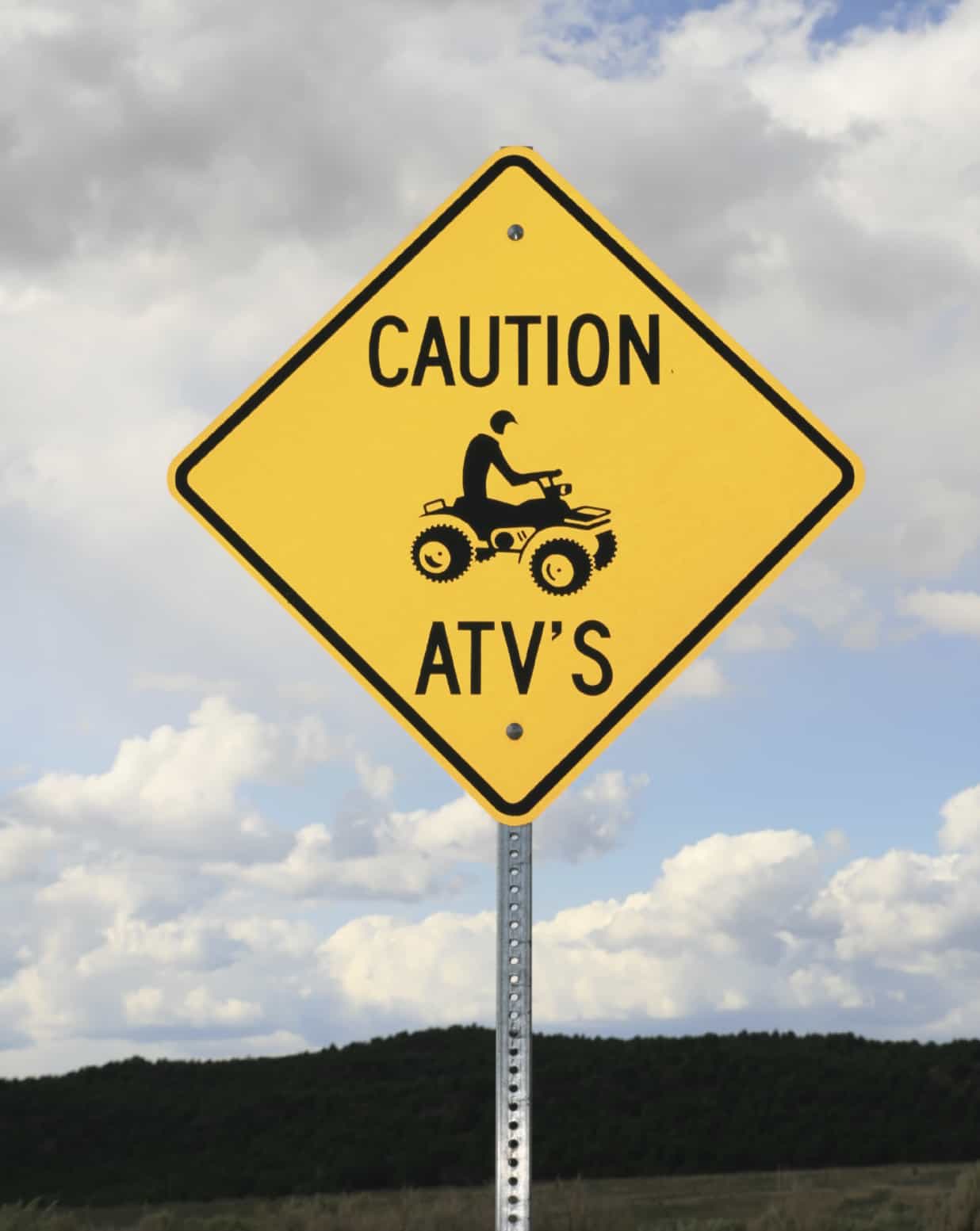Australian research has provided an important additional element to discussions on the safety of using quad bikes as work vehicles on Australian farms. According to a media release to be published on 3 April 2013 from the Australian Centre for Agricultural Health and Safety (ACAHS):
“Two new papers released today in the Australian and New Zealand Journal of Public Health ….indicate that the costs for fatal [quad bike] incidents between 2001-2010 were $288 million.” [links added, articles only available for purchase or by subscription]
 Dr Tony Lower, ACAHS Director, says that
Dr Tony Lower, ACAHS Director, says that“This conservative estimate draws on deaths data from the National Coroners Information System and includes projected losses in future earnings, impacts on household contributions, insurance payments, investigation and hospital costs…. The average cost was $A2.3 million, with the highest average being in those aged 25-34 years at $A4.2 million”.
“Recently released occupational data covering the period 2003-06 indicate the total incident cost was US$103.6 million, with the average cost being US$803,000. Those aged 35 to 54 years accounted for the most deaths and costs (US$50 million).”
“The strident industry opposition in the face of mounting evidence to the contrary, is reflective of stances taken by other recalcitrant industries (alcohol, asbestos, food, tobacco) where vested interests work in contravention of public health outcomes.”
I am not sure that the manufacture of an article of plant can be compared to the manufacture of drugs of addiction like tobacco and alcohol but in terms of corporate behaviour, ideological stances, lobbying and the resistance to change, Lower’s position has validity. Lower compares this corporate behaviour to that of the tobacco industry against Australia’s legislation for plain packaging cigarettes. He writes:
“For quad manufacturers, a similar situation exists based on the omnipresent fear of litigation for marketing a product that they have known for more than two decades is not safe. To date, quad manufacturers have not commenced legal proceedings against the government, as did big tobacco on plain packaging. However, this may only be a matter of time, with major legal firms known to be working on a range of issues regarding quad bikes for the industry.”
Lower says that ATV manufacturers work hard to create public doubt on the potential benefits of crush protection devices on quad bikes and cites several cases also discussed in previous SafetyAtWorkBlog articles. A major difference though is that tobacco-related deaths occur away from the public eye and in the public health context, quad bike fatalities do not. Fatalities can be very public (sometimes too public) and can be prosecuted through the Courts, including the Coronial Courts, as can be seen through this coronial finding into the death of 11-year-old Angus Wilson in 2011. Each quad bike-related death receives much more media attention than almost all tobacco-related deaths and this presents a very different public relations challenge to the quad bike manufacturers.
Tony Lower concludes that:
“It is perplexing that in the face of the mounting evidence, the quad bike industry continues to hold steadfast in opposition to any kind of device that can limit death and serious injury in the event of a rollover. There does not appear to be any logical explanation for this apart from the fear of some form of litigation against the manufacturers.”
The fear of litigation appears to be a real threat, the size of which is hinted at in Lower’s editorial.
“The Product Safety Commissioner in the US indicated in reference to Australia that: “We’re going to be monitoring your activities closely, with the hope that what you learn can help us back here in the United States”.” (link added)

Reblogged this on Sykose.